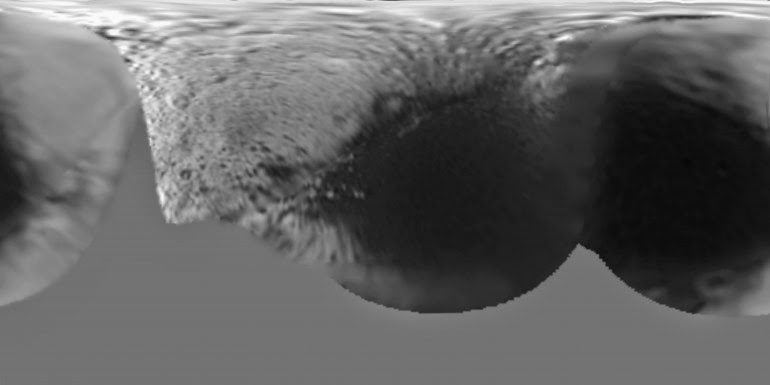 |
| Human Heart |
Researchers have developed a glue that might be an alternate for stitches for defects in heart. Jeffrey Karp, a post-doctoral researcher at MIT along with del Nido - a cardiac surgeon and a team of surgeons and engineers worked together to develop the new glue which was recently tested in hearts of living rats and pigs.
Jeffrey Karp have been working on new biodegradable polymers in his entire life time. He ultimately developed a material as a scaffold for growing artificial organs. Currently he is working as researcher with Brigham and Women's Hospital in Boston. In Boston, he met a cardiac surgeon named Pedro del Nido of Boston Children's Hospital. Pedro who specialized in sealing up children's heart defects asked Karp whether there can be an alternative solution for sealing up, something like a glue. But there were a lot of issues such as the glue have to be biodegradable, safe for use inside body, a but stretchy, and strong enough to hold onto a beating muscle which is continually awash in blood. This lead to the incredible invention. Karp's previous experience with cell scaffolding played an important role in the new development. The glue is made of friendly chemicals that cells produce. In the future this glue can be a gentler alternative to the stitching doctors for many surgeries.
 |
| A blood vessel sealed with the New Surgical Glue |














